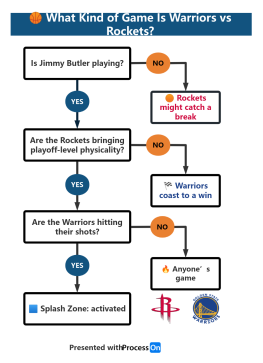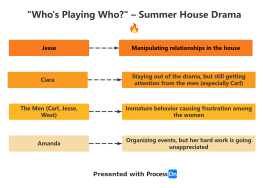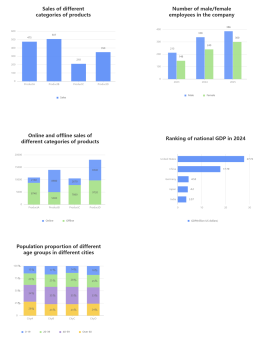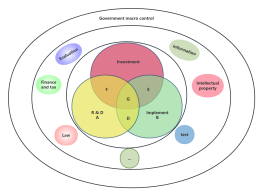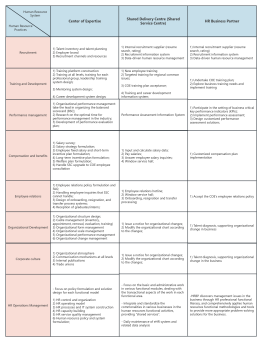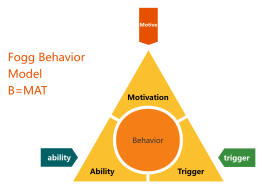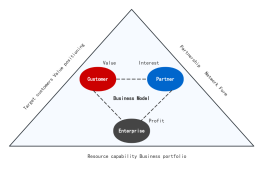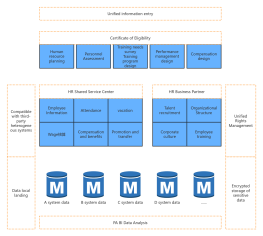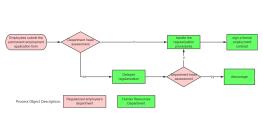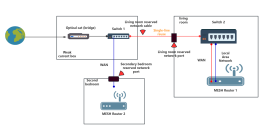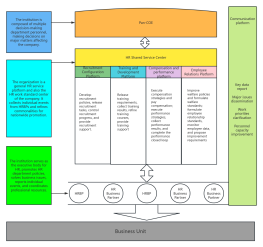HR Triangle Transformation
2024-09-26 10:56:31 150 0 Report 0
0
Login to view full content
This mind map provides a comprehensive overview of the 'HR Triangle Transformation,' focusing on the strategic shift in human resources management. It explores the transformation from high-touch to high-tech service modes, emphasizing standardization and normalization in service quality. The map outlines the importance of centralized services to reduce HR operating costs and enhance efficiency. It highlights the role of shared service centers (SSC), centers of excellence (COE), and HR business partners (HRBP) in achieving economies of scale, professionalization, and risk control. The transformation aims to align HR functions with business needs, transitioning from transactional to strategic HR roles.
Other creations by the author
Outline/Content
Change
Division of labor and collaboration
Current division of labor
Horizontal division of labor
HR and line managers
Different HR modules
Vertical division of labor
Operation Management Center
Policy Monitoring Center
Advisory Service Center
Question
HRM is disconnected from on-site business needs.
High personnel costs
Unfavorable for human resource control
Three-pronged division of labor
HRBP provides human resources support for business needs: by business unit division
HRSSC provides service platform: division of labor by region
HRCOE demonstrates professional talent:division of labor by functional modules
Value and Challenges
value
HRM shifts from professional orientation to business orientation.
From transactional HR to strategic HR
challenge
Balance the relationship between corporate control objectives and individual needs.
The role of HRBP is not clear and there are ability deficiencies.
Effective division of labor and coordination among the three pillars
Human Resource Business Partner
Role positioning
Three types of HR work
Transactional work
Strategic work
Strategic work
role
Strategic Partner
HR Calendar Administrator
Change Driver
Relationship Manager
Key activities
Help achieve performance goals
Building the Soft Power of Business Teams
Insight into employee individual needs
change
From module management to comprehensive involvement
From providing services to offering consultation
From independent to interpenetration
From focusing on HR output to concentrating on business performance.
Type
Business-oriented HRBP
Cultural HRBP
Role Implementation Trilogy
Clarify the business needs faced by HRBP
Content
Performance requirements
behavioral requirements
Work environment requirements and ability requirements
method
Walk into the business department, establish contact with the business site, understand and understand the business
Passively accept and reconstruct requirements, identify cooperation opportunities
Proactively identify cooperation opportunities
Convert into executable HR solutions
IBM Business Leadership Model (BLM)
Organizational Capability "Yang Triangle"
Fishbone Diagram Method
GAPS
Communication, trust, and gaining support
Implement strategic cooperation projects
Identify the real customers and find the key person
Build reliability and trust
Key elements
Knowledge requirement
business knowledge
Professional knowledge
Core Competence
Professional Ability
Commercial sensitivity
Consulting Diagnostic Ability
Interpersonal Connection
Configuration and reporting relationship
architecture
Based on the service object
Business-oriented HRBP
Functional HRBP
Level Settings
Junior/Supervisor (Small BP)
Intermediate/Manager Level (Mid-BP)
Senior/Director Level (Big BP)
report
On-site" or "HR representative
Report directly to the head of the Human Resources Department.
Affiliated or "business division"
Report directly to the head of the business department.
Cultivate practice
Cultivation method
Regular training on business knowledge and HR knowledge
Job rotation
Participate in projects of business departments and HR departments, regularly share and communicate
assessment
Result indicators
Key Task Indicators
Customer Metrics
SSC
Functional positioning
Positioning
Service mode: high-touch to high-tech
Service Quality: From Personalization and Informality to Standardization and规范化 Normalization
Department Positioning: From Manager to Service and Support
value
Centralized services, reduce human resource operating costs
Achieve the professionalization, standardization, and unification of HR services, improve service quality, and increase efficiency.
The standardization and unification of processes are conducive to the company's risk control and headquarters control of HR.
Three Fundamentals
There are enough organizations to form economies of scale.
Build a shared service vision in a corporate context
Support for IT
Content Design
The determination criteria and regional classification of service scope
Layered Service
Level 0 - Network Self-Service
Level 1 - Call Center/Service Representative
The 2nd Floor - SSC Officer
Third-level SSC expert
4th Floor - HRBP
Service Process Redesign
Make business processing streamlined.
Organizational Design
Layout and site selection
The layout needs to comprehensively consider the group scale, business form, and industrial distribution.
4-dimensional 16-factor site selection criteria
Internal structure
Employee Call Center
HR Processing Center
Process structure: Divide modules according to HR process (most common)
Business Unit Structure: Divide modules according to different business units
Regional cell structure: through regional division module
Operations Management Center
Personnel deployment, training and assessment
Staff Composition
Top-level managers in a company
Managers of various business units
SSC Manager Candidate
Human Resources Expert
On-the-job training
Cultural Concept Training
Professional Knowledge Training
Behavioral norms traing
assessment
Balanced Scorecard
Center of Excellence
Role Function and Implementation
role
designer
Technology Expert
Controller
Knowledge Conveyor
How to play the role of an expert
Clarify role requirements and achieve a match between people and roles.
Align with business challenges
Focus on solution delivery
Determine the initiator and possible participants
Stay in close contact with BP and SSC
Strengthen communication with other departments in the company.
Capability requirements and improvement plan
Skill requirements
Professional Core Competence
Consulting capability
Upgrade Plan
Customized Plan
Communicate with the training person in charge
Performance Management
Training
Improve ability at work
Configuration and Assessment
Programmatic indicators
Operational metrics
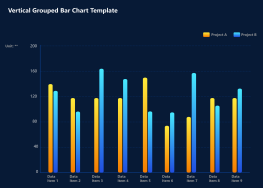
Collect
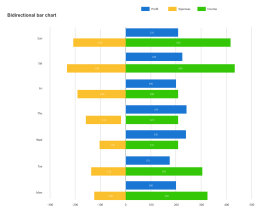
Collect
0 Comments
Next page
Recommended for you
More

